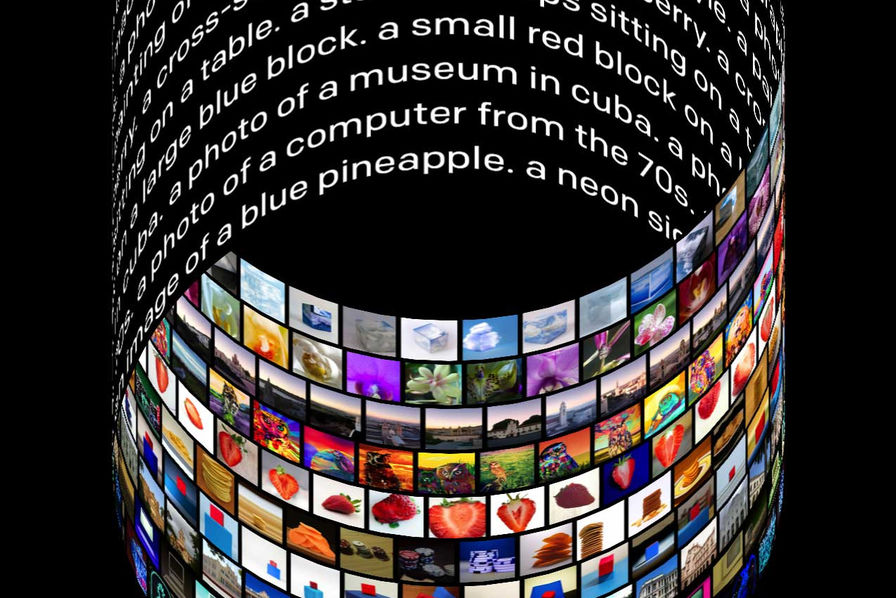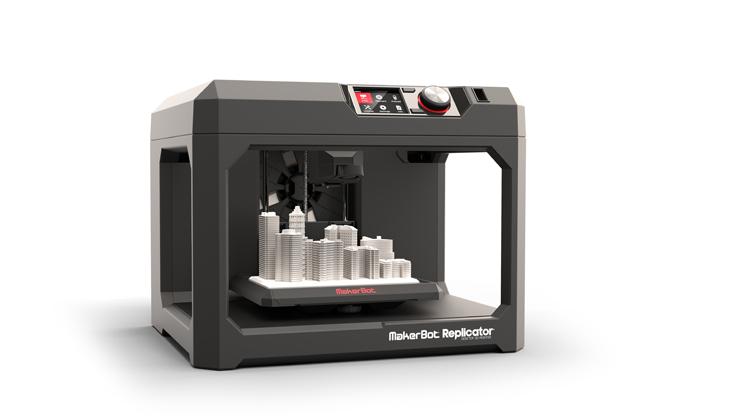I have tried Dall·E after reading so many posts about how it would revolutionize someone’s business and I was very disappointed.
Dall·E is a project developed by OpenAI, the same organization behind models like GPT-3 (ChatGPT). Dall·E in opposition to ChatGPT creates images from prompts that were given to it (OpenAI, n.d.). It uses deep learning technology such as Variational Autoencoders (VAEs) and Generative Adversarial Networks (GANs). VAEs allow to represent complex data in a more compact form and the GANs are used to create as realistic images as possible by constantly creating fake images and putting them to the test by a discriminator that will discard the image if it deems it fake (Lawton, 2023; Blei et al., 2017). The business world and most of the LinkedIn posts I saw were idolizing such technology and explained how this could enhance humans in several ways. One way that was relevant to me was the creation of images, signs or pictograms that will enhance the potential of PowerPoint presentations.
After writing my thesis last year, I had to create a PowerPoint to present the main points of my thesis. I thought it would be a great way to start using Dall·E and tried creating my own visuals to have a clear representation of what my thesis entailed. After many tries, even with the best prompts I could write, even with the help of ChatGPT, none of the visuals that came out of it looked real or defined, it was just abstract art that represented nothing really.
Reflecting on that experience, I thought that sometimes, the fascination people have for groundbreaking technology clouds its practical applications. I do not doubt that Dall·E can create great visuals and can be fun to play with, however, it does not always adapt seamlessly to specific creative needs.
Ultimately, using Dall·E made me remember that we should always stay critical and manage expectations when it comes to groundbreaking emerging technology. It is appealing to listen to all the promises that come with disruptive technologies but sometimes we realize that no tool is one-size-fits-all.
References
Blei, D. M., Kucukelbir, A., & McAuliffe, J. D. (2017). Variational inference: A review for statisticians, Journal of the American Statistical Association, 112 (518), pp. 859–877.
Lawton, G. (2023) ‘GANs vs. VAEs: What is the Best Generative AI Approach?’, Techtarget.
Retrieved from: https://www.techtarget.com/searchenterpriseai/feature/GANs-vs-VAEs-What-is-the-best-generative-AI-approach
OpenAI. (n.d.). Dall·E 2. DALL·E 2. https://openai.com/dall-e-2/


